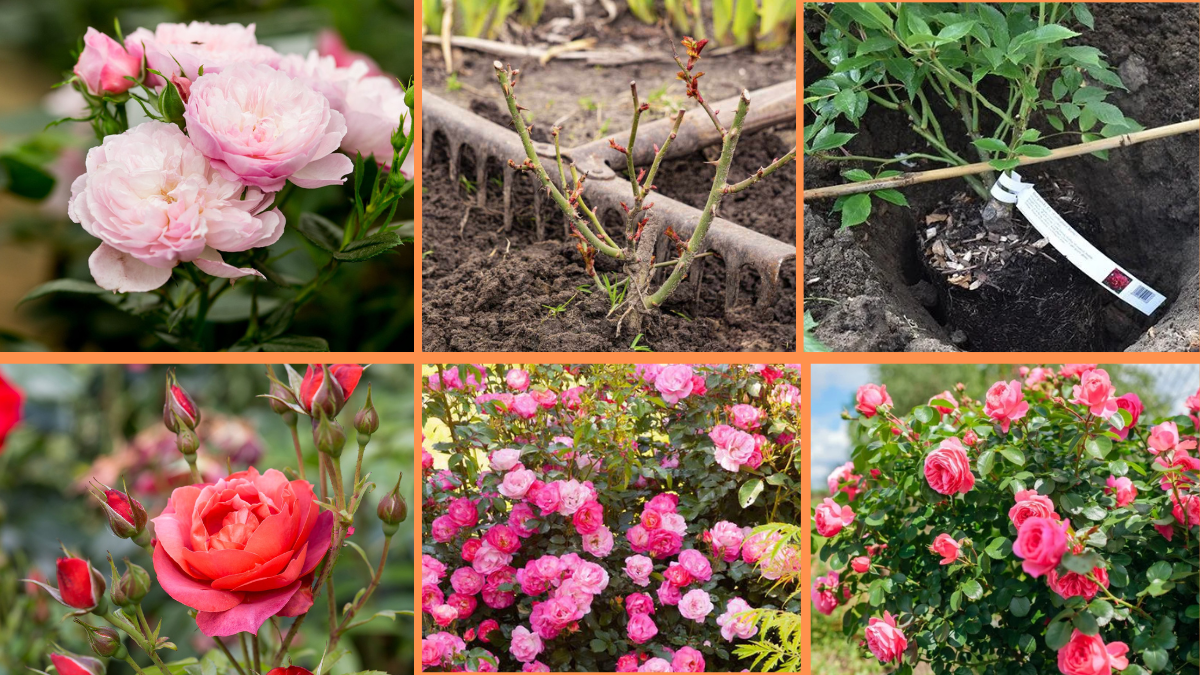Few flowers capture the heart quite like roses. With their lush blooms, delicate fragrance, and timeless elegance, roses have been cherished for centuries in gardens worldwide. While many gardeners admire them from afar, believing they’re difficult to grow, the truth is — with the right approach and care, anyone can successfully grow beautiful roses.
Whether you’re dreaming of a romantic rose garden, a charming border, or a few potted roses on your patio, this guide will walk you through everything you need to know about starting your own rose-growing journey.
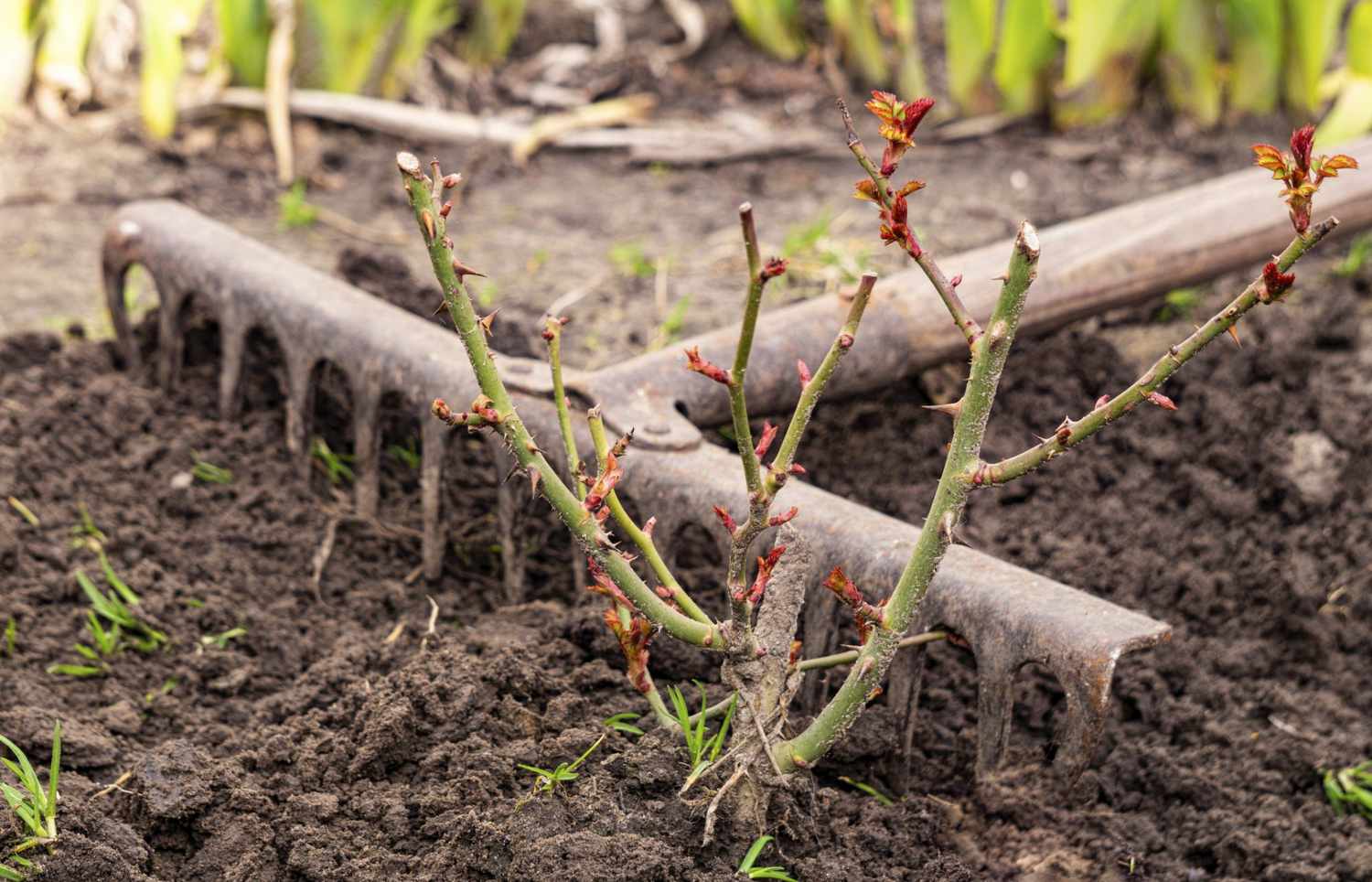
Why Grow Roses?
Before we dive into the how-to, let’s appreciate the benefits of growing roses:
- Visual beauty: Roses come in a wide array of colors, shapes, and sizes, making them perfect for nearly any garden style.
- Fragrance: Many rose varieties offer an intoxicating scent that adds sensory pleasure to your outdoor space.
- Pollinator-friendly: Roses attract bees, butterflies, and beneficial insects.
- Cut flowers: Homegrown roses make stunning, fresh bouquets for your home.
- Symbolism: Roses are traditionally associated with love, friendship, and remembrance.
With so many perks, it’s no wonder roses have remained a garden favorite.
Types of Roses for Beginners
If you’re new to rose growing, start with varieties known for their resilience, disease resistance, and minimal fuss.
Best Beginner-Friendly Roses:
- Shrub Roses: Hardy, low-maintenance, and bloom repeatedly throughout the season.
- Floribunda Roses: Known for clusters of flowers and continuous blooms.
- Knock Out Roses: Extremely disease-resistant, drought-tolerant, and easy to care for.
- Climbing Roses: Ideal for arbors, trellises, and fences, offering romantic vertical accents.
- Miniature Roses: Perfect for containers and small gardens.
Pro Tip:
Look for varieties labeled as disease-resistant and suited to your climate zone for the best success.
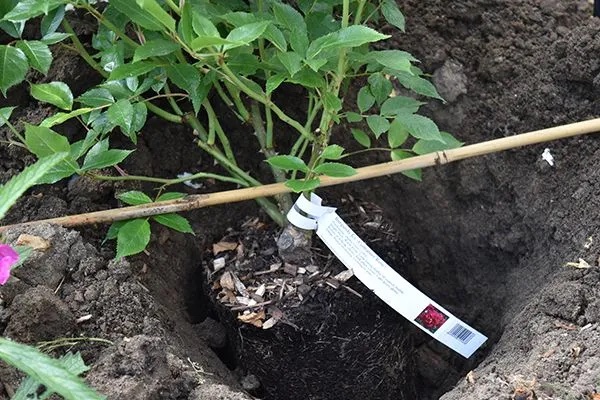
How to Choose the Perfect Spot for Your Roses
Roses thrive in the right location. Picking the ideal spot sets the foundation for healthy growth and abundant blooms.
Site Requirements:
- Full Sun: Roses need at least 6-8 hours of direct sunlight daily.
- Well-Draining Soil: Roses dislike soggy roots. Choose soil that drains well but retains moisture.
- Good Air Circulation: Helps prevent fungal diseases like black spot and powdery mildew.
- Away from Tree Roots: Competing roots can rob roses of nutrients and water.
Bonus Tip:
Morning sun is particularly valuable as it dries dew quickly, reducing the risk of fungal issues.
Preparing the Soil
Great roses start with great soil. Aim for a rich, fertile, loamy soil with a slightly acidic pH of 6.0 to 6.5.
How to Improve Your Soil:
- Mix in organic compost or well-rotted manure to boost nutrients.
- Add peat moss or coconut coir for moisture retention in sandy soils.
- Use perlite or coarse sand for better drainage in heavy clay soils.
- Conduct a simple pH test and adjust as needed using lime (to raise pH) or sulfur (to lower pH).

How to Plant Roses
You can plant roses from bare-root plants (available in early spring) or potted plants (available throughout the growing season).
Planting Steps:
- Dig a hole twice as wide and as deep as the root ball or root system.
- Mix a shovelful of compost or well-aged manure into the hole.
- Form a small mound of soil at the base.
- Position the rose:
- For bare-root, spread the roots over the mound.
- For potted, gently loosen the root ball and set it at the same level as it grew in the pot.
- Backfill with soil, firming gently.
- Water thoroughly to settle the soil.
- Apply a 2-3 inch layer of mulch to conserve moisture and suppress weeds.
Note:
In cold regions, plant the graft union (the swollen area where the rose is grafted onto rootstock) 1-2 inches below soil level to protect it from frost.
Watering Your Roses
Roses love consistent moisture but don’t like being waterlogged.
Watering Guidelines:
- Water deeply at the base, avoiding wetting the leaves.
- Provide 1-2 inches of water per week, more during hot or dry weather.
- Use soaker hoses or drip irrigation for efficient watering.
Tip:
Water in the morning so foliage can dry before evening, reducing disease risk.
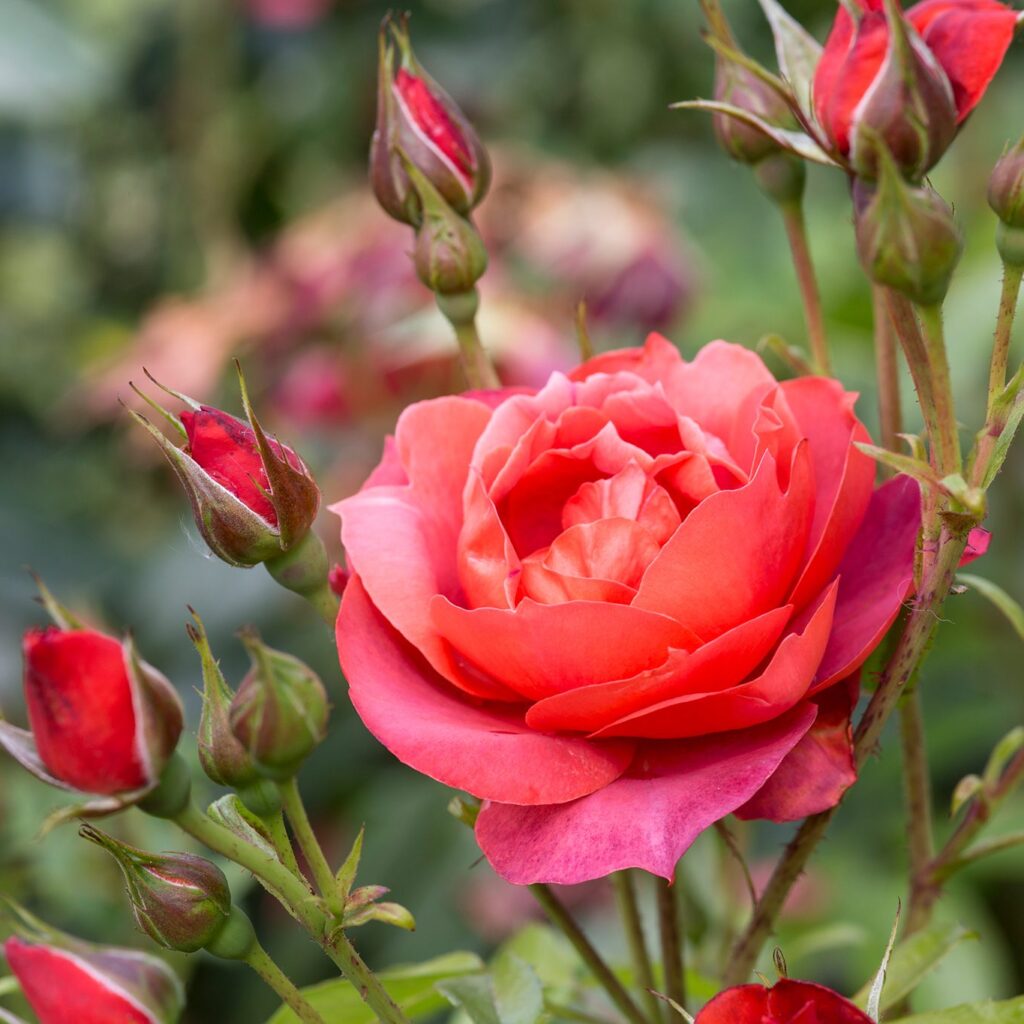
Feeding and Fertilizing Roses
Well-fed roses reward you with lush growth and continuous blooms.
Fertilizing Schedule:
- Apply a balanced rose fertilizer (10-10-10 or 5-10-5) when new growth appears in spring.
- Repeat after the first bloom cycle.
- Feed again mid-summer if desired, but avoid fertilizing after August to prevent tender growth before winter.
Optional Organic Boosts:
- Compost tea
- Fish emulsion
- Seaweed extract
Pruning Roses
Pruning keeps your roses healthy, shapely, and productive.
When to Prune:
- Spring: Prune just as buds begin to swell.
- Remove dead, diseased, or weak wood.
- Cut back to an outward-facing bud to encourage open growth.
- Thin out crowded stems to improve air circulation.
For Climbing Roses:
- Prune after the first flowering flush.
- Remove dead or weak canes.
- Tie healthy canes to supports for even growth.
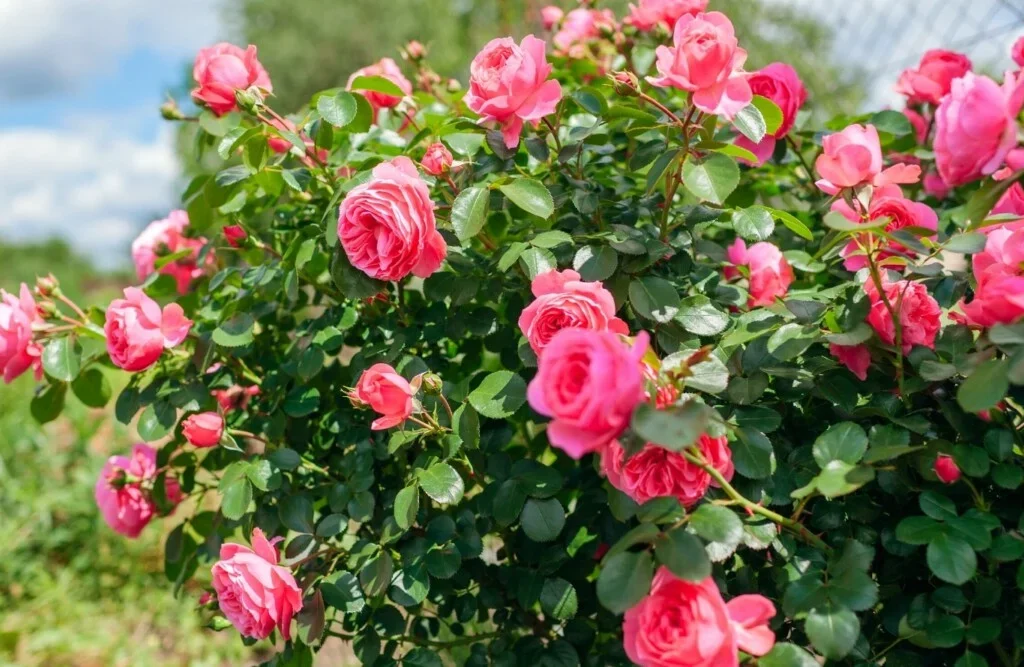
Common Rose Pests and Diseases (and How to Manage Them)
Like any plant, roses have a few adversaries. Sustainable management keeps your garden thriving.
Common Problems:
- Aphids: Small green or pink insects feeding on new growth.
- Black Spot: Fungal disease causing dark leaf spots.
- Powdery Mildew: White, powdery coating on leaves.
- Japanese Beetles: Metallic green beetles that skeletonize leaves.
Natural Solutions:
- Encourage beneficial insects like ladybugs and lacewings.
- Spray with neem oil or insecticidal soap for aphids.
- Remove and destroy diseased leaves.
- Water at the base and mulch to prevent splashing spores.
Growing Roses in Containers
Limited space? No problem — roses thrive in pots too!
Container Tips:
- Choose a large pot (at least 16 inches wide and deep) with drainage holes.
- Use high-quality potting mix with added compost.
- Water more frequently, especially in hot weather.
- Feed with liquid organic fertilizer every 2-3 weeks during the growing season.
Ideal Varieties for Pots:
- Miniature roses
- Patio roses
- Knock Out roses
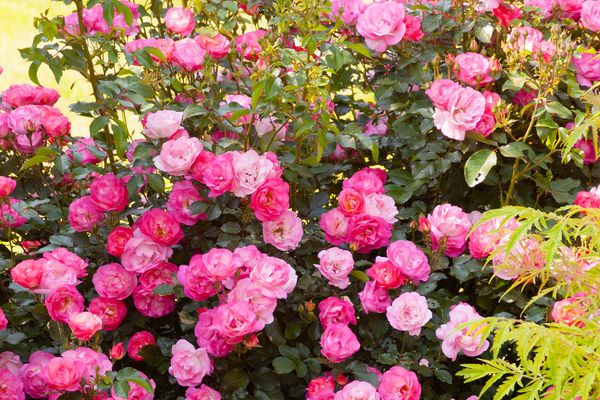
Final Thoughts
Growing roses isn’t nearly as intimidating as it might seem. With a bit of thoughtful preparation, regular care, and an eye for your plants’ needs, you can grow lush, fragrant roses that brighten your garden and home.
Whether you’re filling flower beds with vibrant blooms, training climbers over an arbor, or nurturing a container rose on your balcony, each rose you grow brings beauty, color, and classic elegance to your outdoor space.
So don’t wait — pick out your favorite varieties, prepare your soil, and start your rose-growing journey today!
